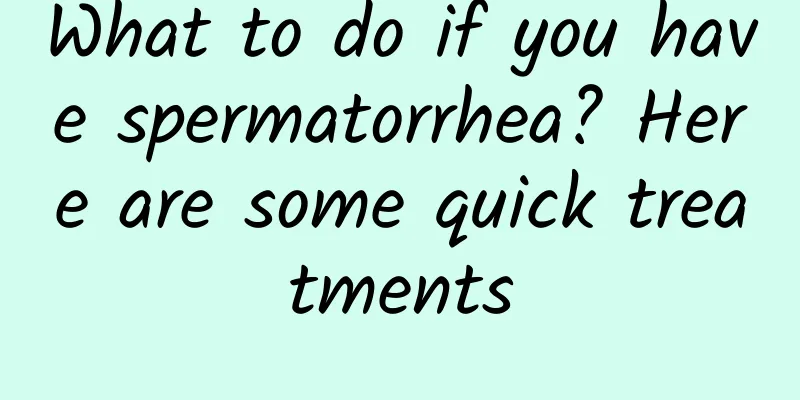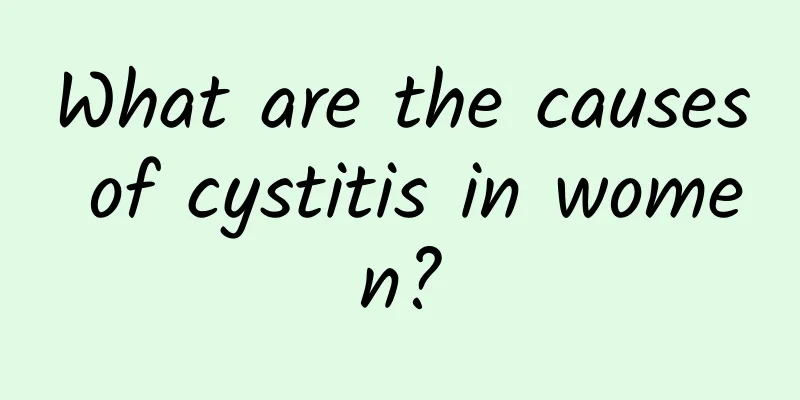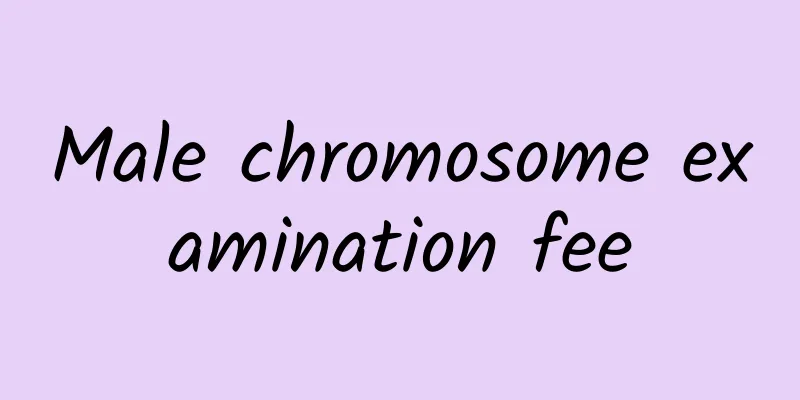Testicles enter the inguinal groove

|
The testicles enter the inguinal groove, which is a more obvious manifestation of cryptorchidism. Cryptorchidism is not common, but once it occurs, it will have a great impact on men, the biggest impact of which is that it will affect men's normal sexual function and fertility. Cryptorchidism can be treated in many ways, such as hormone therapy and surgical treatment. Below, we will introduce you to the knowledge of cryptorchidism treatment! 1. Best time for treatment The ideal age to preserve fertility is 12 to 24 months after birth. Spontaneous testicular descent can be completed within 3 months after birth. Definitive treatment of undescended testicles should be completed between 6 and 12 months after birth, which is the best time to perform testicular descent fixation. 2. Hormone therapy Cryptorchidism may be associated with hypothalamic-pituitary-gonadal axis abnormalities, and hormone therapy uses HCG, LHRH, or a combination of both. The guidelines recommend β-HCG for preoperative preparation in cases of inaccessible cryptorchidism or some reoperation cases, which can increase testicular blood supply and facilitate surgery. 3. Surgical treatment For those whose testicles have not descended into the scrotum after 6 months of birth, surgery should be performed as soon as possible. For adolescent patients with cryptorchidism, testicular descent and fixation should be performed as soon as it is discovered. If the testicles are found to be atrophic or unable to descend into the scrotum during the operation, orchiectomy can be performed if necessary. (1) Open surgery for testicular descent fixation For patients with palpable occult testicles, testicular descent fixation is performed. Generally, the approach is through the inguinal groove, an oblique incision is made in the inguinal groove, the spermatic cord is freed, the unclosed processus vaginalis or hernia sac is ligated, and the testicle is placed and fixed in the scrotum without tension. (2) Laparoscopic surgery Indications: All inaccessible testicles; diagnosis of suspected intercourse; biopsy or intraperitoneal high-positioned testicle removal. Contraindications: Acute infection, coagulation abnormalities, history of previous abdominal surgery, suspected peritoneal adhesions. (3) Autologous testicular transplantation Applicable to high-positioned cryptic testis. Ligate the testicular blood vessels, move the testicles freely into the scrotum, and anastomose the testicular blood vessels with the inferior epigastric artery. This is not a widely used method and is not recommended as a routine surgical method. |
<<: What should men check for fetal demise?
>>: Indications for prostate biopsy
Recommend
What are the small white dots on the glans?
What is the reason for the white spots on the gla...
What is the normal size of testicles for men?
"Testicles" refers to the male testicle...
What to do when you have a toothache? Tips to relieve toothache
As the saying goes, "toothache is not a dise...
If you have dry and bitter mouth when you sleep at night, be careful of this chronic disease!
Physical illness has a great impact on people'...
What are the disadvantages of vasectomy for men?
Generally, after marriage and childbirth, in orde...
How to treat male bacterial urethritis?
In comparison, women's urinary system is more...
Pancreatic tumor treatment, folk remedies to assist pancreatic tumor treatment
The pancreas is an important organ in the human b...
Is it scrotal eczema?
Men like to wear tight underwear and trousers in ...
How big are normal male testicles?
In addition to the length of the penis, many men ...
Can a vasectomy be reversed?
If a man has undergone a vasectomy and the couple...
Things to note for men with kidney deficiency and low back pain. What should they eat for men with kidney deficiency and low back pain?
There are many dangers of kidney deficiency in me...
Small red spots on men's genitals
Small red spots on men's genitals are mainly ...
Does lycopene have a therapeutic effect on prostatitis?
In real life, prostatitis is a relatively common ...
What is the cause of scrotal leucoderma?
Scrotal white spots may be caused by eczema or se...
Dietary therapy for prostatitis, eating this regularly will have good effects!
Maintaining a healthy prostate is very important ...









